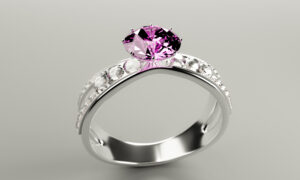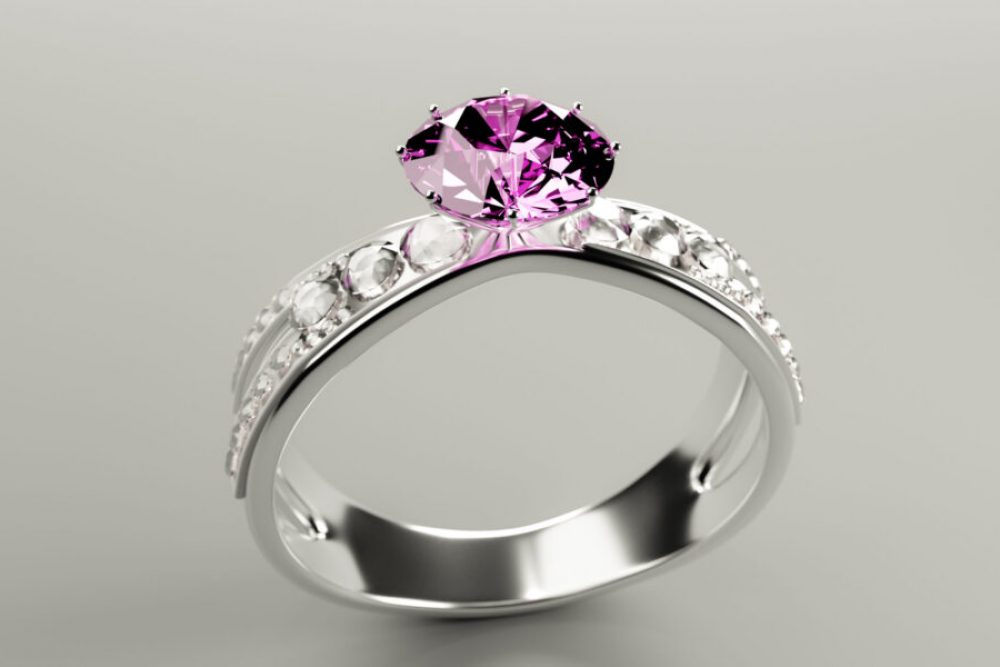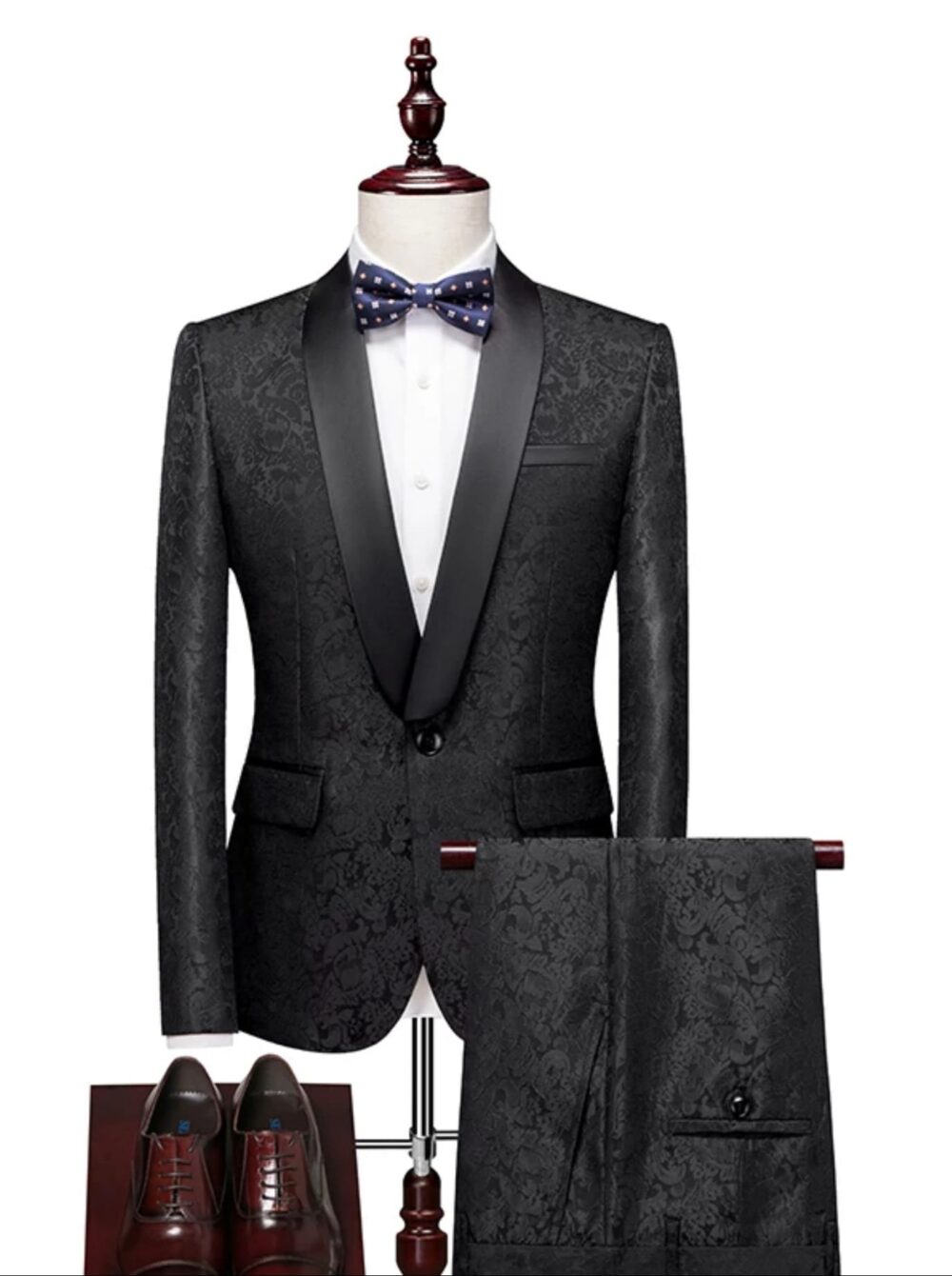
Coloured diamonds are some of the most valued and sought-after gems in the world today.
Arguably the most popular of these are the very famous Natural Pink Diamonds. These range in colour intensity from P7s and P8s, being the lightest pink, through to the P1 which constitutes a vivid, intense pink, tending towards red. Pink diamonds may also have a purple hue to them and are classified as purplish-pink. There are also brownish-pink diamonds and orangey-pink diamonds. All these colours have the same range and scale of intensity as the pink coloured diamonds.
Prices will vary greatly depending on slight variations of colour and hue, with the purplish-pink colours fetching the highest prices and the brown-pink colours the lowest.
Blue Diamonds are the rarest of all the coloured diamonds. They are coloured in nature by the trace element Boron, which occurs extremely rarely. Although pink is the colour in highest demand, blue is undoubtedly the coloured diamond in shortest supply. The best blue colour diamonds are the fancy deep blues. It could be explained as a dark steely blue with a grey hue. The colour then gets lighter and lighter until they reach a very light, faint blue. All these lighter blues have a greyish look to them, which some find appealing, but they not hugely popular in general.
Green diamonds vary in colour in the same way as the other colours, with the most intense vivid colours being the most prized, and the faintest colours being the cheapest. Green diamonds are also very rare but once again do not have the popularity that pink diamonds have. The colour is quite often an olive brownish green to yellowish green, but the rarest are the slightly pastel greens.
Orange diamonds are also rare but more abundant than the pinks, blues and greens. The orange diamonds are well received and widely used in the jewellery industry. They have more fire than the sapphires of the same colour and of course are much harder, so more durable. Orange diamonds are readily available in small sizes but become rarer as the size increases. Colours vary like the other coloured diamonds from fancy deep to vivid, to intense, then the lighter colours.
Yellow diamonds follow the same path as orange diamonds with one main difference. Yellows are much more common and the larger diamonds in the yellow colours are more readily available. The most common shapes in yellows are the cushion cut stones as well as oval cut, and of course round brilliant cut yellow diamonds.
Brown diamonds are commonly referred to as Champagne coloured diamonds at the lighter end and Cognac coloured diamonds at the darker end of the scale. The colour grading system is slightly different from the other colours, with the darkest, the Cognac diamonds, being C6, C7 and C8. The lighter colours of C5 to C3 are known as Champagne coloured diamonds, and the lightest of the grading scale are C2 and C1 which are known as light brown.
Black Diamonds are usually totally opaque, with a bright surface which is faceted very much the same as the other coloured diamonds. There are grades of black diamonds which mostly relate to the clarity of the stones. The best grade is when imperfections do not come to the surface and the surface is clean and reflects well. The low quality black diamonds are quite dull and the surface of the diamond is crazed, which indicates an internally unsound structure. Many black diamonds are treated to get a more overall black appearance. Black diamonds are the lowest grade of diamond, but are very popular for those who like black and appreciate a larger stone, with the hardness of a diamond, for a relatively affordable price.
All diamonds can be treated through heat, pressure and radiation processes to achieve most colours, but they tend to look less natural as a result. These are, therefore, much more affordable than naturally occurring coloured diamonds.
Article Supplied by DDS Diamond Design Studios
CLICK HERE for all your Jewellery needs.
Still in need of Suppliers & Services: Just click here.
MORE USEFUL INFO: Articles & Blogs, Inspiration, Quotes & Sayings, Tips, Tools
We value your feedback so please feel free to leave a comment or review at the bottom of the page. Thank you.








